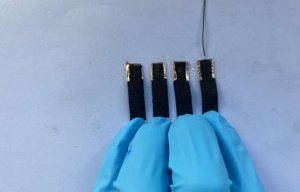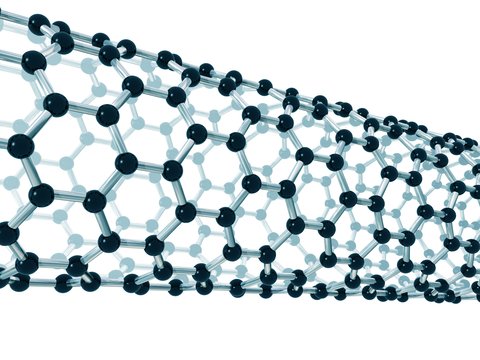
Self-powering fabric for multi-functional sensing
The longer term goal is to weave biological tissues – essentially human body parts – in the lab to replace and repair our failing joints.

20th January 2017
Innovation in Textiles
|
Australia
“We are literally the stuff from which our tissue fabrics and their fibres are woven and spun. The arrangement of collagen, elastin and other structural proteins in space and time embodies our tissues and organs with amazing resilience and multifunctional smart properties,” the team from the University of New South Wales (UNSW) in Australia explains.
“For example, the periosteum, a soft tissue sleeve that envelops all nonarticular bony surfaces of the body, comprises an inherently “smart” material that gives hard bones added strength under high impact loads.”
According to the research, published in the Scientific Reports journal earlier this month, using a special 3D imaging system, the team was able to map the tissue’s architecture, scale up the key components, and produce prototypes of the new smart fabric.
“We then tested the feasibility of rendering periosteum’s natural tissue weaves using computer-aided design software,” said Knothe Tate, the team leader.
The team made the fabric out of a combination of collagen and elastin – both important proteins in biological tissue. “The challenge with using collagen and elastin is their fibres, that are too small to fit into the loom. So we used elastic material that mimics elastin and silk that mimics collagen,” explained Tate. “The result is a series of textile swatch prototypes that mimic periosteum’s smart stress-strain properties.”
The UNSW team says this process, including computer modelling and scaling up the key components, could be used to create even more materials with completely different components. “We have also demonstrated the feasibility of using this technique to test other fibres to produce a whole range of new textiles,” said Tate.
But the really exciting use is the biological application that the researchers are now looking into themselves: “Our longer term goal is to weave biological tissues – essentially human body parts – in the lab to replace and repair our failing joints that reflect the biology, architecture and mechanical properties of the periosteum,” said lead author, Joanna Ng.

Business intelligence for the fibre, textiles and apparel industries: technologies, innovations, markets, investments, trade policy, sourcing, strategy...
Find out more